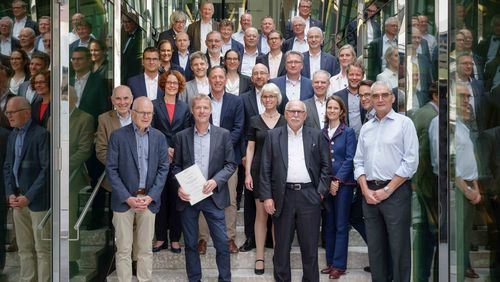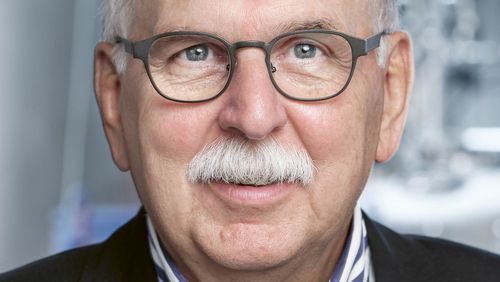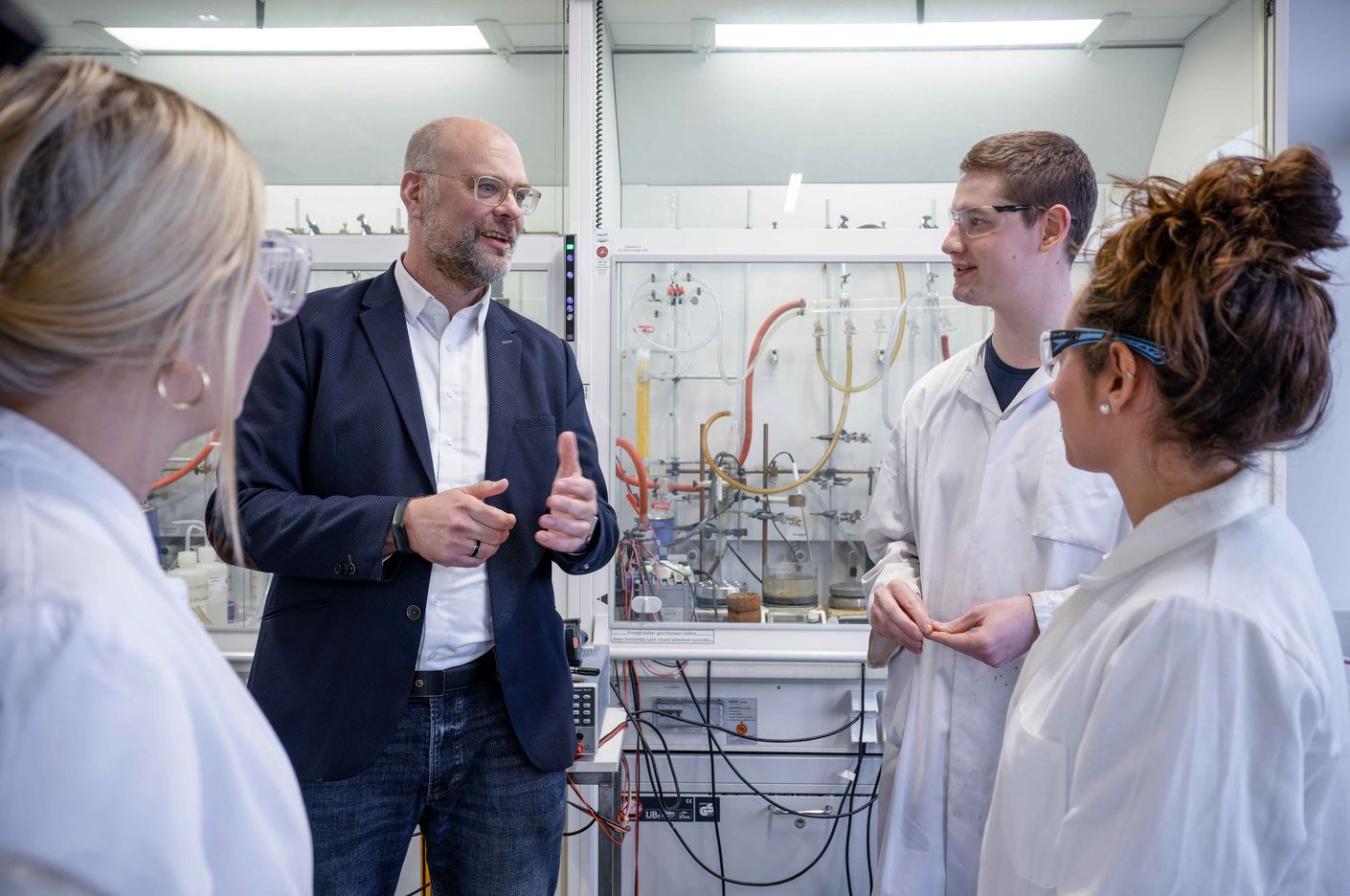
Sustainable catalyses
Using electricity and light instead of gas and oil, developing short synthesis pathways, employing catalysts made of common metals: researchers in the WSS100 final project “RenewSusCat” want to create innovative technologies capable of boosting sustainability in the chemical industry.
In Germany, the chemical and pharmaceutical industries alone are responsible for around thirty percent of industrial energy consumption—a large proportion of which stems from fossil fuels. For their WSS100 proposal, a team led by Lutz Ackermann from Georg-August-Universität in Göttingen have developed a concept to improve sustainability in these two industries. Key to the concept are catalyses—technologies that increase the speed of chemical reactions and even enable completely new reactions. Catalyses are used in almost nine out of ten industrial chemical processes.
The team behind the RenewSusCat project, in which researchers from the University of Münster and Julius-Maximilians-Universität Würzburg are also participating, are proposing two lines of research to help decarbonise the chemical industry. One step is to develop new, innovative catalyses that consume less energy and raw materials and that generate fewer waste products; the second is to replace the fossil fuels used in the catalysis process with renewable energy sources.
To make chemical syntheses more efficient, the researchers are aiming to reduce the number of intermediate steps in reactions. “Today, it often takes more than ten synthetic steps to produce a typical pharmaceutical agent,” Lutz Ackermann says. In several examples, he and his research group have proven that such lengthy production processes can be avoided—and at the same time minimising the use of chemical reagents from fossil sources.
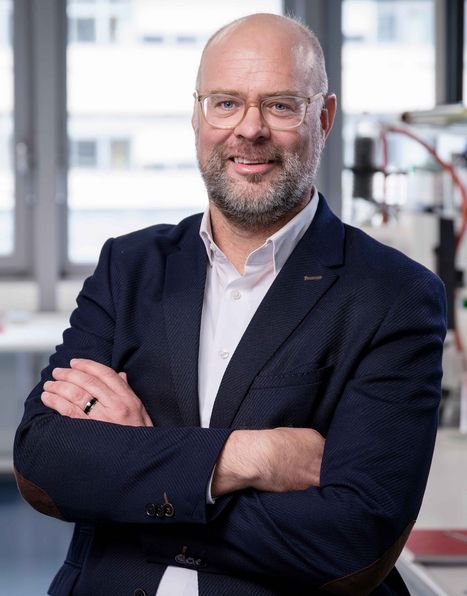
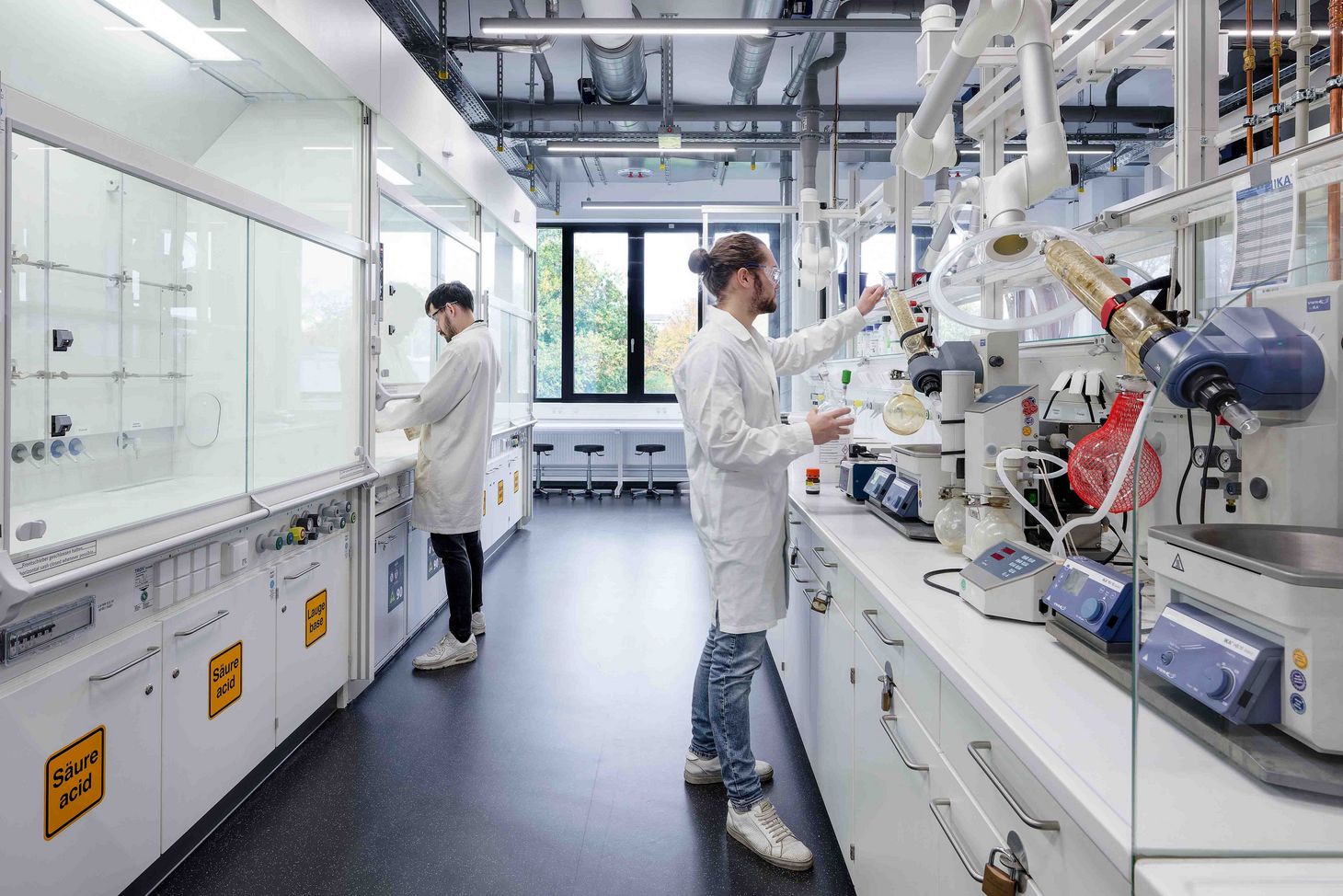
Less effort, fewer solvents
At the crux of this approach is a reaction technique called C-H activation. Bonds between carbon (C) and hydrogen (H) form the backbone of organic molecules. However, the bond between these two atoms is strong, making it difficult to split them selectively. But once the bond is broken, functional groups that significantly alter a molecule’s properties can dock directly on to the molecule.
Because these kinds of carbon-hydrogen compounds are so commonplace, the potential scope of application of this breakthrough method is enormous. Using the technology, Ackermann and his team have shown that it takes only one conversion step from one precursor structure to produce several possible agents with different properties. “By drastically reducing the number of synthesis steps, we not only save time, but also large quantities of solvents and chemical waste products,” Ackermann says.
However, an essential requirement of making chemical processes as climate neutral as possible is to ensure that the energy used stems from renewable sources. “Today, most reactions are carried out thermally, by heating—with gas and oil,” Lutz Ackermann says. As an alternative, he’s looking at two other methods: hydrogen production via electrocatalysis and photocatalysis.
Hydrogen as single by-product
Electrocatalysis involves the use of electricity—and not heat—to drive chemical activation processes. “Normally, these reactions can be carried out at room temperature,” Lutz Ackermann says. In electrocatalysis, chemical reagents are replaced by protons and electrons, and the synthesis of molecules for the manufacture of medicines or crop protection products is coupled with the simultaneous production of hydrogen as the sole by-product. The hydrogen created can then be reused as a sustainable energy carrier. “This coupling makes such syntheses highly attractive from a commercial viewpoint too,” explains Ackermann , whose long-term ideas include using electrocatalysis to tackle the world’s mountains of plastic waste—in other words, to break down plastics such as polyethylene or polystyrene into reusable polymers by extracting the hydrogen they contain.
Photocatalysis, on the other hand, uses the energy of light to accelerate chemical reactions with a catalyst. Researchers today often use special LED sources for this purpose, as Ackermann points out. The aim is to one day be able to power such reactions with sunlight.
Artificial intelligence lends a hand
But the RenewSusCat team aren’t stopping there: they have a whole range of solutions in the pipeline to make chemical processes more sustainable. One example is the plan to replace precious—often toxic—catalyst metals such as palladium, rhodium or iridium with cheaper, less toxic and more readily available elements such as nickel, copper, manganese or even iron.
Or to take advantage of software applications that use artificial intelligence to evaluate chemical reactions, enabling them to predict which new catalysts and synthetic routes will be most effective and sustainable. “Molecular data science is often given short shrift,” Lutz Ackermann says. But he’s convinced that his field will help the chemical industry harness all the resources at its disposal in the interest of sustainability.





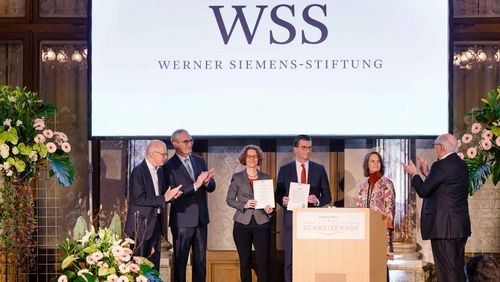
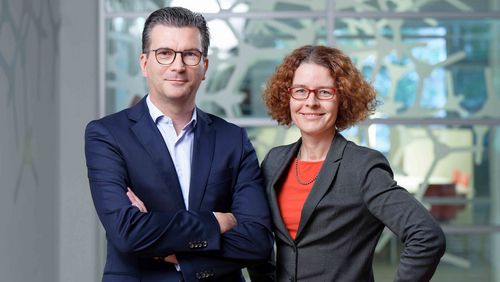
![[Translate to English:] [Translate to English:]](/fileadmin/_processed_/8/d/csm_01-WSS100-Muenchen_a4e2ba3a7f.jpg)
![[Translate to English:] [Translate to English:]](/fileadmin/_processed_/0/7/csm_01-WSS100-Zuerich_20aa6e51dd.jpg)
![[Translate to English:] [Translate to English:]](/fileadmin/_processed_/5/e/csm_01-WSS100-Aachen_c843f6f8ae.jpg)
![[Translate to English:] [Translate to English:]](/fileadmin/_processed_/8/e/csm_01-WSS100-Berlin_8becb34d03.jpg)
![[Translate to English:] [Translate to English:]](/fileadmin/_processed_/3/5/csm_01-WSS100-Freiburg_8ff515d64a.jpg)
